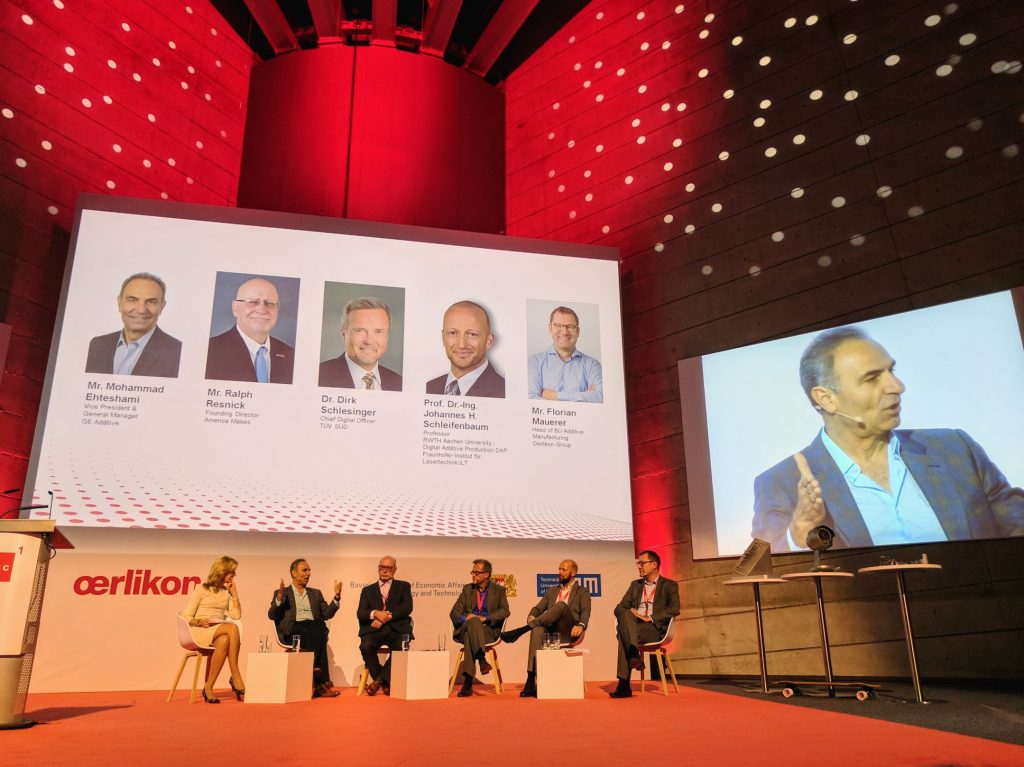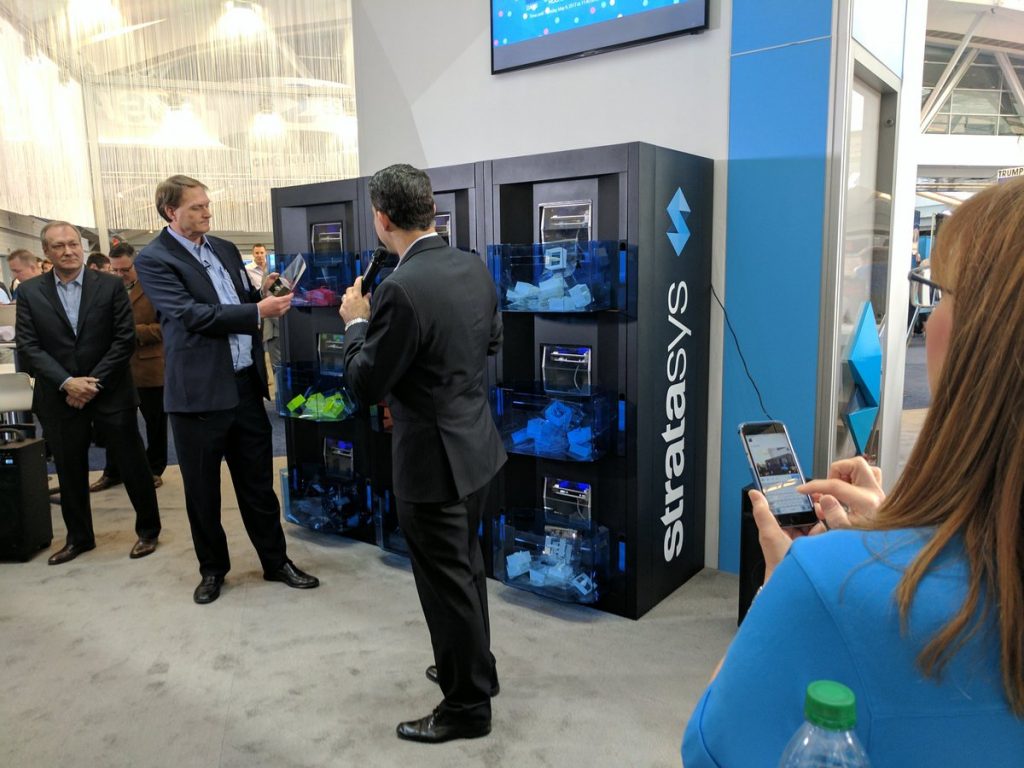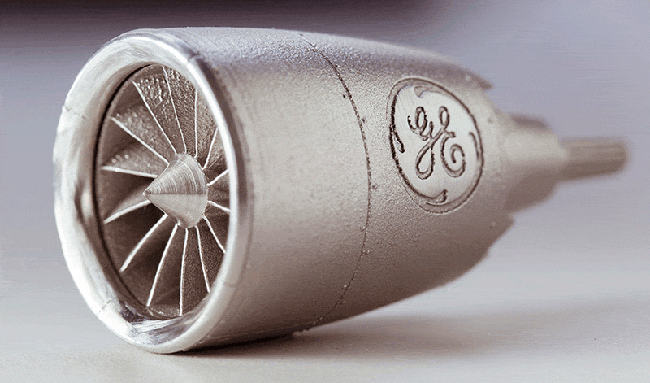This week has seen mixed news for two of the world’s largest 3D printing OEMs. Market leader Stratasys had its shares upgraded by Susquehanna from a price target of $22 to $31. Resulting market confidence in Stratasys has seen a sharp rise in the value of its shares.
In contrast, GE slashed its full year forecast, resulting in a sharp decrease in share prices, which were down 2.9 percent to $22.90. To add salt to the wound, GE’s new chief executive John Flannery stated his intentions to shed more than $20 billion across the business, but stopped short of extending those cuts to GE Additive – instead highlighting the value of 3D printing to the enterprise.

Stratasys takes the lead again
With the broker upgrade came a rise in the value of Stratasys shares, which were up 3.44 percent to $21.67 on 20 October.
According to Susquehanna, the upgraded ratings of Stratasys come as a result of three factors. Firstly, an improved prospect of system revenue growth as result of new product announcements, and improved business within its MakerBot subsidiary, in spite of a 7.35% fall in value last week. An event 3D Printing Industry noted as most likely due to HP’s planned foray into 3D metal printing.
Secondly, recurring revenue streams for Stratasys are growing, and, according to Susquehanna, operating costs have been overestimated. The triad of confidence was sealed with the renewed possibility of being acquired, due to Stratasys’ position as a market leader.

Clouds over GE with silver linings
GE, on the other hand, has seen its shares down 2.9 percent to $22.90. This was the market’s reaction to GE cutting its profit forecast for the full year from $1.05 to $1.10 a share, down from $1.60 to $1.70. GE’s operations revenue forecast of $12 billion to $14 billion was also downgraded to $7 million.
In an attempt to explain the downturn, GE blamed the weak performance of its power and oil and gas businesses, goodwill impairment and higher-than-expected restructuring costs. This is all in spite of a 14.4 percent revenue increase to $33.47 billion due to the acquisition of oilfield contractor Baker Hughes.
Describing the results as “horrible” and “unacceptable,” CEO John Flannery explained that GE’s well performing businesses were being let down by other sectors who “drain investment and management resources without the prospect for a substantial reward”.
However, it was reported that Flannery had voiced his support for GE’s 3D printing businesses (which chiefly consists of GE Additive) suggesting that it would not be hit as severely by any efficiency savings made across the business.

For regular updates on the market performance of 3D printing companies, subscribe to our free 3D Printing Industry newsletter, follow us on Twitter, and like us on Facebook.
Featured image shows GE posters at Formnext 2016. Photo by Michael Petch.


